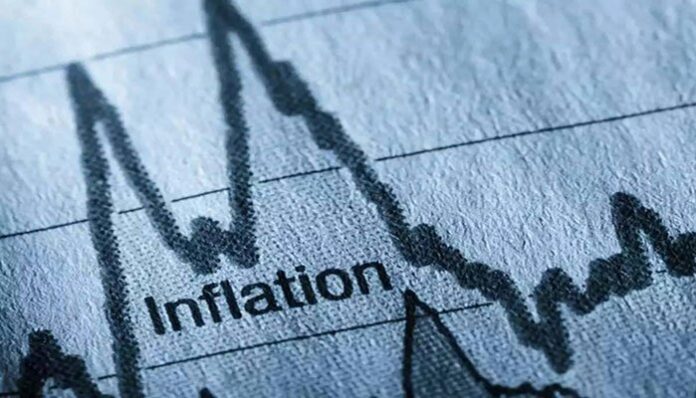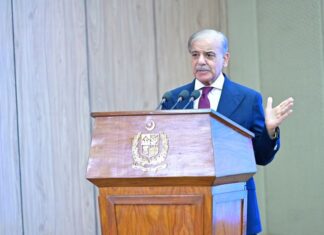ISLAMABAD: The monthly economic outlook report of April 2023 reveals that inflation is expected to remain at elevated levels in coming months.
The report indicates that food and energy prices are major drivers for this hike. Currency depreciation and raising administered prices have also contributed majorly to jack up overall price levels.
The trend in MEI during the first nine months of the current fiscal year remained volatile on account of high inflation, high-interest rates, fiscal consolidation, and lack of confidence in economic agents. However, slight improvement has been observed in the month of March due to some growth in exports on a month-on-month (MoM) basis and uptick in CLI of Pakistan’s main export markets.
The balance of payment (BoP) for the month of March reveals that the trade deficit in goods and services declined by 9.1% on a MoM basis and 54% on year-on-year (YoY) basis.
Other positive developments includes an increase in exports of goods and services by 9.6%, whereas imports of goods and services increased by only 2.3%. High growth in exports has offset the impact of increase in imports as the trade deficit remains contained.
Remittances increased by 27% on MoM basis to $2.5 billion in March 2023 as compared to $1.99 billion in February 2023. This is due to improved situation after exchange rate adjustments, Ramzan and Eid that played an instrumental role in attracting higher proceeds. All above favorable factors have been translated into the current account which turned to surplus of 6864 million in the month of March, a level observed after November 2020.
For the month of April, it is expected that imports will increase somewhat at a higher level as compared to March due to the government decision for some relaxation in pro-growth imports, to stimulate domestic economic activities. However, remittances will remain at the same level as observed in March. Accordingly, all these factors will contribute in curtailing the overall current account deficit.
Amidst unprecedented challenges due to domestic and global economic situations, fiscal consolidation efforts are on track. The objective is not only to create much-needed fiscal buffers but also to restore macroeconomic stability.
The effective implementation of consolidation measures contributed to a sharp increase in revenues from both tax and non-tax collection while containing overall spending growth due to a large drop in non-markup expenditures.
Despite improvement, risks to the fiscal sector still persist. Such as the FBR tax collection although growing at 18%, it remained below the target set for the first nine months of the current fiscal year owing to a slowdown in domestic economic activity and import compression. On the expenditure side, despite of reducing non-markup spending, higher policy rates both at the domestic and global levels have contributed to higher markup payment.
Under these circumstances, the government has a daunting task to follow effective revenue mobilization and cautious expenditure management strategy to end the current fiscal year with a substantial decline in fiscal deficit as compared to last year.
Pakistan’s economy is still facing significant challenges characterized by high inflation and a slowdown in economic activity. Nonetheless, some positive signals appear as a result of the government’s stabilization policies. For instance, the current account of the BOP turned into a surplus. This might improve the external financing constraint, contribute to more exchange rate stability, and promote confidence in the economy. Further, successful completion of the IMF program will pave the way to attract more capital inflows, further stabilization in exchange rate and alleviating the inflationary pressures.























